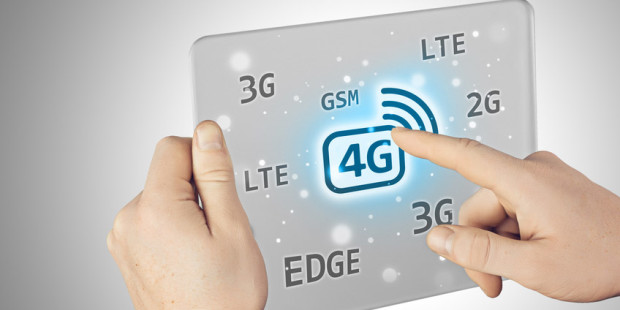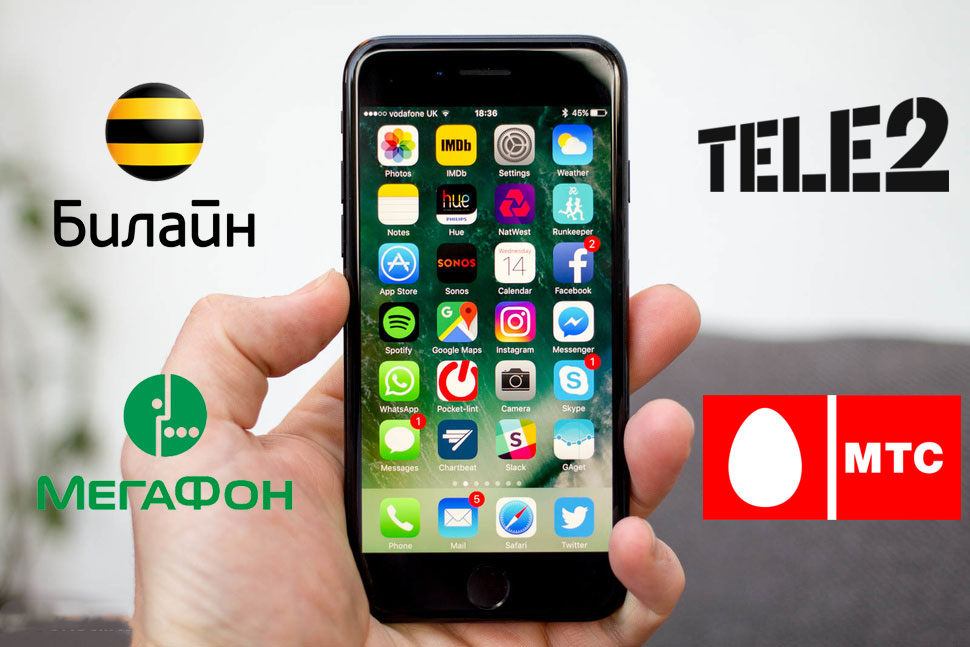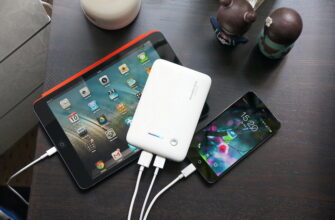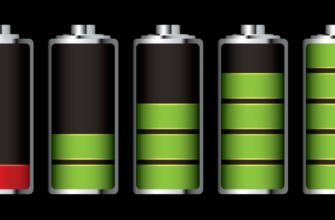When choosing a phone for the Internet, it is worth considering its 'communication' capabilities and screen size, as well as some other parameters.

How to choose a phone for the Internet: what to look for
The main criteria to consider when choosing a phone for the Internet are:
-
Supported mobile communication standards (2G, 3G, 4G, LTE-A);
-
Screen diagonal;
-
Processor model and RAM size;
-
Battery capacity;
-
Operating system.
-
The manufacturer of the device is also important.
Options for selecting phones for the Internet
All selection parameters can be conditionally divided into technical and operational. The technical ones are the specifications of the smartphone, the operational ones are the capabilities that determine exactly the usability (for example, the screen size).
Supported mobile standards

The standards supported determine the data transfer rate over the mobile network. Distinguish:
-
2G (GPRS, EDGE) is the least fast standard, but uses the least battery power. The maximum data transfer rate is up to 128 kbps. Suitable exclusively for communication in resource-efficient messengers like Telegram and ICQ. You will not be able to browse web pages, videos, listen to online music, use social networks on EDGE;
-
3G (UMTS, HSPA) – medium data rate standards. The limit is 2 Mbps. Suitable for web browsing, chatting in messengers and social networks. Watching online videos, listening to music, making video calls over 3G is possible only in low or medium quality;
-
4G (LTE) is a high data rate standard. The limit is 326.4 Mbps. Suitable for browsing the web, using any messengers, chatting on social networks, playing videos, streaming music in high (up to FHD) quality, making video calls. The disadvantage is high energy consumption;
-
LTE-A (LTE-Advanced) is the fastest standard. The speed is the same, but the smartphone can use a dual band connection to increase it. Suitable for all of the above. Movies can be played without preload in up to 4K resolution, and music streamed up to Hi-Fi.
The most suitable standards for everyday use are 3G and 4G LTE standards. But their maximum speed does not always correspond to the actual one due to several factors – operator restrictions, distance to the base station, quality of the coverage area, congestion of the reception area with 'screens', weather phenomena and much more.
Nevertheless, smartphones with 3G and 4G are recommended for selection. Models without LTE support may not provide a comfortable enough web surfing experience.
Screen diagonal and other parameters

The amount of information that the screen can contain is influenced by its three parameters – diagonal, actual resolution (PPI) and software resolution (DPI). It is clear that when surfing the web, the more text and pictures that fit on the display, the better. However, this content should not be extremely small either – otherwise it becomes difficult to read and use the various controls.
The optimal screen for a smartphone that is planned to be used for web surfing is 5-inch, with a resolution of 1920 × 1080 pixels. For a 4-inch display, the optimal resolution is 1280 × 720 pixels. If you are planning to buy a smartphone with a screen whose diagonal is more than 5.5 inches, it is worth considering that its resolution should not be less than 1920 × 1080 pixels – otherwise the controls will be too large, as well as the content on the screen.
Operating System Android 7 Nougat allows you to independently set the software screen resolution, making controls and content smaller and larger. Therefore, the actual screen resolution for smartphones that work under its control does not really matter.
Processor model and amount of RAM
These parameters determine the performance of the smartphone, including on the Internet. In addition, the speed of the device on the Internet depends on the processor model. For example, with each new chip from Qualcomm, more sophisticated modem models are installed, and therefore the quality of the network connection, as well as the data transfer speed, are getting better.
The same is with smartphones with processors MediaTek. The only 'but' is that this company rarely changes modems in its chips, as a result of which there are no noticeable differences in speed and quality of connection.
!
An ideal solution for the Internet would be to buy a smartphone with a processor Qualcomm Snapdragon 6XX or 8XX (where XX are any numbers), or on MediaTek Helio.
The amount of RAM determines the number of applications and web pages that the smartphone can keep open 'in the background'. The minimum optimal value for an 'internet smartphone' is 2 GB, the recommended value is 3 GB.
Battery capacity
The higher the battery capacity, the longer the smartphone can work on a single charge. Thus, devices equipped with 2,800 mAh batteries or more will 'live' about 8-10 hours of mixed use. But smartphones with a battery of 2500 mAh or less will require recharging after 6 hours of mixed use.
operating system
The operating system determines the usability of smartphones. In addition, modern versions Android and iOS support the most current application releases.
Thus, smartphones with the most current versions of the operating system are recommended for purchase. For Android these are 6.0 / 6.1 Marshmallow and 7.0 / 7.1 Nougat (as well as 8.0 / 8.1 Oreo, but it is not yet available on all devices), for iOS – 9, 10 and 11 .
An important advantage of modern operating systems is the correct work with background applications. Programs such as clients of social networks or instant messengers do not run in real time, but are hibernated – and only some parts of them are active to receive notifications. This allows for longer battery life of the device in mixed use.
What tariff to choose for the Internet

Almost all mobile operators in 2017 offer a kind of tariffs for Internet access. The subscription fee for such plans includes unlimited access to certain services and a limited number of GB for other needs.
Usually, unlimited traffic is offered to such 'economical' services as messengers and social networks. In rare cases, the operator includes unlimited access to streaming music services like Boom from Vkontakte or Yandex.Music in the subscription fee. The rest of the traffic – for example, through the browser, email client, etc. – is limited and can be charged separately or included in the tariff package.
The best way to determine what tariff is needed for the Internet is to buy one for 1 month, and then analyze the statistics of traffic usage by means of the operating system. For example, in Android, the corresponding information is located directly in the settings of mobile networks. After evaluating which applications consume the most traffic, you can choose the ideal tariff for the Internet – so, if messengers turned out to be the most 'voracious', then the tariff plan should be chosen with unlimited traffic for them. But if the browser is the leader in statistics, then you should pay attention to the packages with the necessary and sufficient amount of 'additional' GB.
The following selection technique will also be optimal:
-
If you use infrequently, only social networks, instant messengers and a little web browsers – up to 4 GB of traffic is enough;
-
If you plan to listen to music online, but infrequently, make voice calls via Viber or WhatsApp, then up to 10 GB is enough;
-
If you plan to watch videos, including movies, but not every day – from 20 GB;
-
For active use of the Internet, daily watching movies, etc. – from 30 GB.
Of course, the more traffic is included in the tariff, the more expensive it is.
The best manufacturers
The best manufacturers of smartphones for the internet are:
-
Apple, Samsung – in the top price segment;
-
Sony, LG, Huawei, OnePlus – in the middle price segment;
-
Xiaomi, Huawei, Meizu – in the budget price segment.
-
You can also highlight Nokia, which recently returned to the smartphone market, and Google – but it is represented only in the 'ultra-top' price segment.
In the following articles, our experts will tell you how to choose a push-button phone and the secrets of choosing a battery for a smartphone.
Attention! This material is the subjective opinion of the authors of the project and is not a purchase guide.









